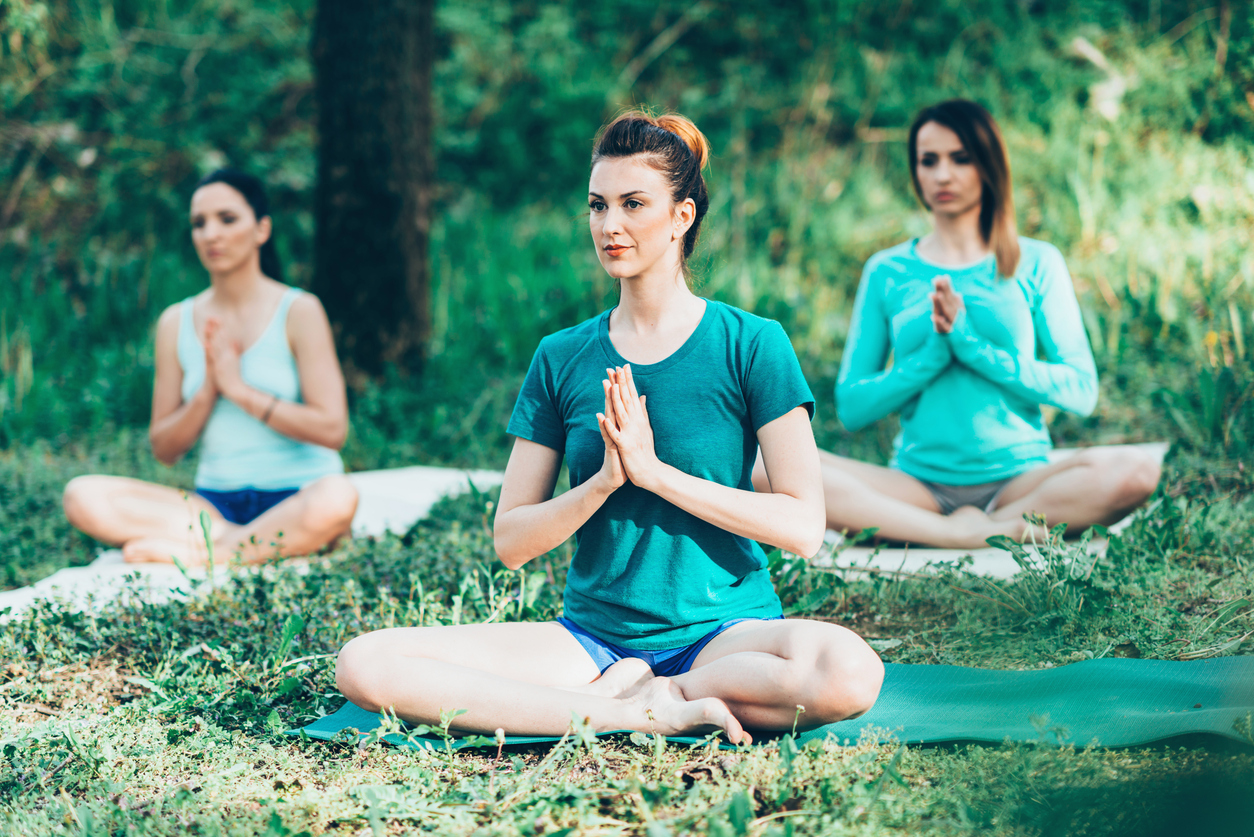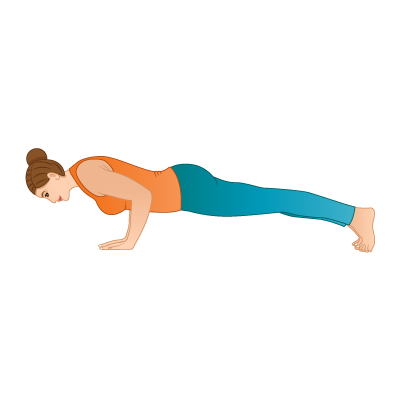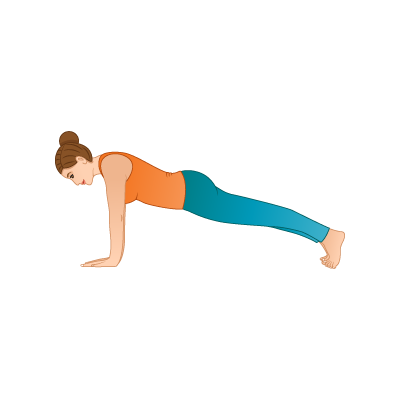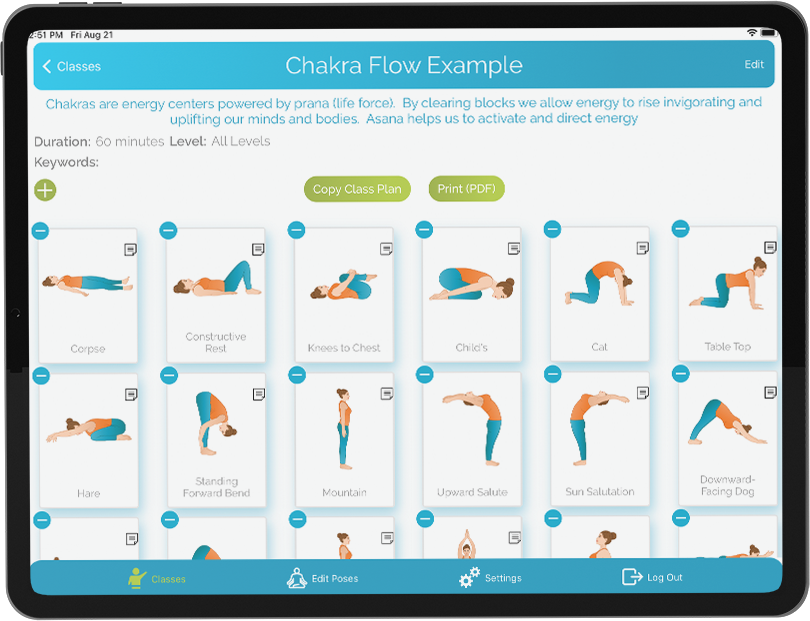10 ways to prepare for yoga teacher training
January 12, 2017 | 6 min read
If you have enrolled in a Yoga Teacher Training (YTT), or are considering one for the coming year, you will have a zillion and one questions or issues arising. There are so many things to think about and consider as you begin the next stage in your yoga journey, that you are bound to overlook one or two, until the moment you arrive. To help you prepare, I have made a check list of ten to-do’s.These are by no means an exhaustive list, but it should help you on your way.
Do your homework
Completing the required readings and journal/essay work. may seem like obvious advice, but I find there are always one or two laid-back yogi’s who believe they can catch-up with this side of the course somewhere down the line. Typically that is during the last week of the course, which is a real stress maker as this is the time when you need to apply your learned knowledge of yoga philosophy to the design of your first yoga class plan and final assessment. Trying to do both at the same time is an energy drainer.
Set your intentions for the course:
In addition to fulfilling all the requirements of the training course, you should have your own personal goal(s).This is important to your well-being and success as a teacher. It is worthwhile, spending some time reflecting on your reasons for wanting to teach yoga. Follow this up with notes in your journal. These will act as your spiritual guide, reminding you of your priorities.
Cleanse and De-tox
You want to be in the best physical shape possible for your course. Now is the time to put away the wine and chocolates and sub them for smoothies, vitamin water, juices and berries to kick start your metabolism and boost up your immune system. Avoid skipping meals as you need to build up your energy levels. Eat smart starting with a hot breakfast of oats or eggs. Try to aim for three nutritious meals a day, focusing on vegetables, fruit and super grains such as barley and quinoa. Pulses and beans offer a healthy substitute for meats which are more difficult to digest and can weigh you down.
Create a Home Practice:
In addition to attending your regular yoga classes, you should aim to begin a home practice. Timothy McCall M.D. writes in his book, Yoga As Medicine, “If you are taking yoga classes but not practicing at home, you may be missing the best—and potentially most therapeutic—part of yoga. Your personal practice is where the deepest work happens, when you go inward and go at your own pace.” Equally as important home practice brings the yoga to the home, integrating your lifestyle on and off the mat, in the studio and at home.
Learn the key yoga poses for your specialism.
Knowledge of the asanas, their benefits and both English and Sanskrit names is required for most Yoga Teacher Training Courses. Some teacher trainers even include a form of assessment, whereby the instructor calls out an asana in Sanskrit and students must demonstrate the pose in order to pass the qualification. Most Yoga Alliance (YA ) certifications require students to have a minimum of two years regular (at least one weekly) practice before undertaking a YTT. At this point, you should have developed a detailed knowledge of asanas, their names and benefits. If in doubt, check out the yogaclassplan.com poses directory for reference.
Practice non-judgement:
This sounds easier than is! You may have been the most able yogi in your class, but now you are with your true peers, other yogis like yourself with similar abilities. There will be trainees who appear to have more flair, more dare or look better in yoga pants. Now is the time to get over yourself. It is inevitable that students and teachers will compete with one another, that is a human characteristic. However, stay true to your yogic values and intentions for the course. As K.S. Desikachar said, “Yoga is the practice of observing yourself without judgment.”
Think like a Yoga Teacher:
Attend as many yoga classes with different teachers as you can. Make notes on what they well, you would do differently, class reactions to the sequence, etc? Start making a wish list of your ideal yoga class; who are your students, what is your relationship to them, theirs with each other, what unique or special gift would you bestow on them? Immerse yourself in the student experience, and then reflect on how it feels to be on the other side. Begin by imagining you are a fully qualified YTT, as the course dates get nearer, start believing it, as very soon your dream will come true.
Phone a Yoga Teacher Friend:
I met with yoga teacher friends, before during and after my YTT. A friendly chat over a pot of tea or coffee with someone who has completed the course is a wonderful way to prepare. We have all been there and will understand your questions, moments of self-doubt and anticipation. You think of these meet-ups as mini-mentoring sessions. In fact, you might even seek out a mentor for support. Some yoga teachers welcome trainees into the studio to observe or assist with demonstrations.
Plan your future:
It is never too early to begin thinking about and taking steps towards teaching your first class. Many studios hire their trainees as teachers. If that is your plan, then you will want to shine in every class and assessment. Equally important are references, so even if you are not planning on teaching with your trainer, they are a valuable resource for future testimonials and referrals. If you plan to open your own studio or business, make sure that the business side of yoga will be covered fully during the training. YTT is also a good time to develop a network of yoga teachers and trainers, so be sure to take advantage of the opportu ity to exchange contact details.
Prepare to be transformed:
Your yoga journey begins on the first day of your YTT. In this regard, the length of your practice and level of ability does not really matter. YTT is a mind blowing, life changing experience. You will begin to see and experience the world with new eyes. It is a magical time, so be open to all possibilities and adjustments. They are all part of the ultimate yogic life. Enjoy it and have some fun on the way.
One final piece of advice, Sutra 1.1 says “Yoga begins Now”. That’s right, there is no right time, and there is only the now. So be present in your life and jump right into your course, making that leap into the void of unknowing without fear. You will be on this amazing journey with like-minded people who will share similar dreams and trepidations. After all, The practice of yoga makes you ready for anything.
Brenda Hamlet is a RYT 200 yoga teacher and journalist. More information about Brenda can be found at https://www.facebook.com/brendahamletyoga
Posted in Teacher Training, Teaching Tips




